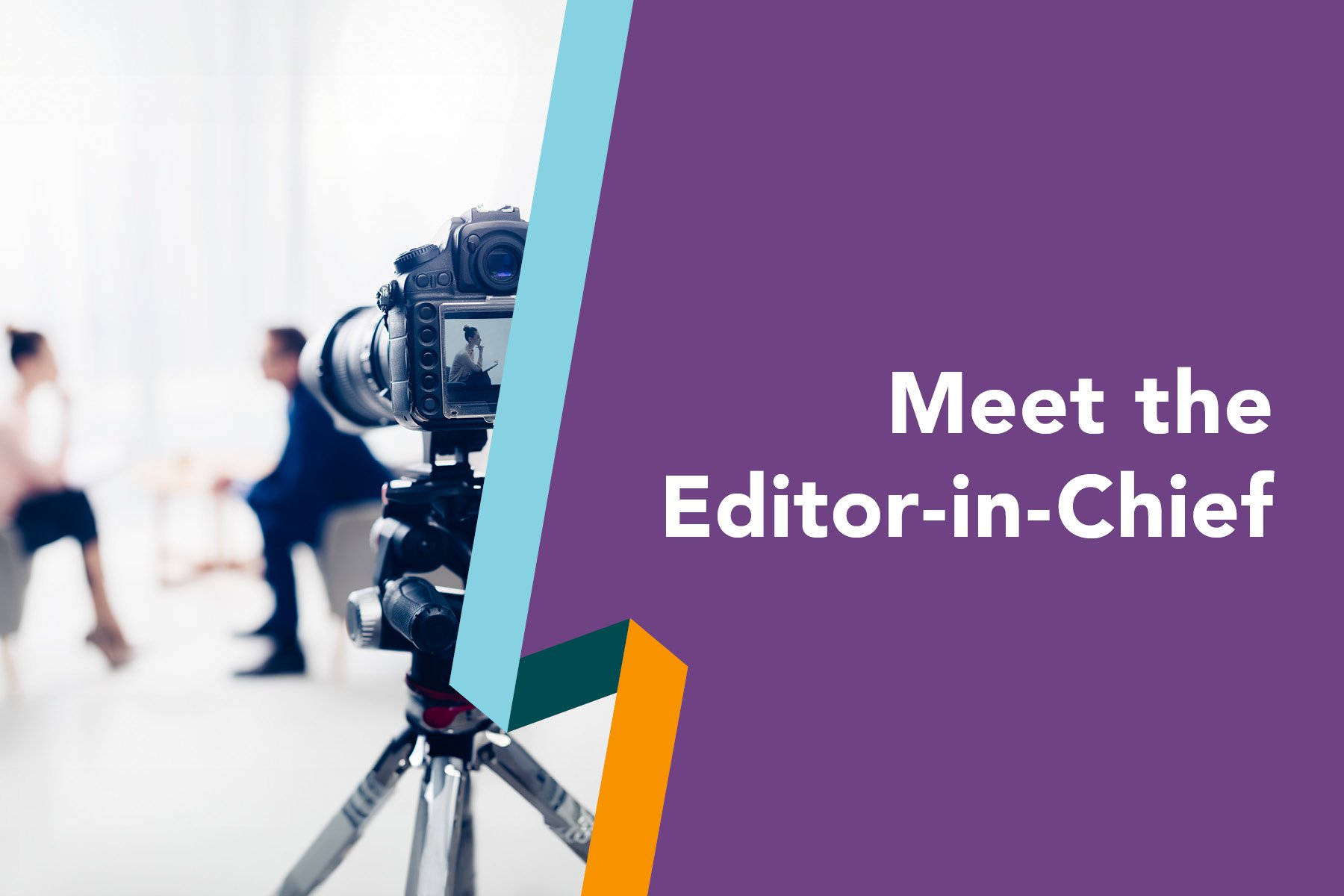Karger Publishers has been going through substantial changes recently. There are several reasons for this transformation, and it is evident in all areas of the business. Karger now feels almost like a new company, but remains firmly rooted in its foundation.
Shifts in Scientific Publishing and Health Sciences
Looking at the environment in which Karger Publishers operates, there have been massive shifts in scientific publishing as well as in health sciences.
Digitization and technological innovation have been prominent topics in scientific publishing for quite some time now. But they are becoming more important in different areas, from handling the various steps of the production process, to digital products and service offers, and the use of artificial intelligence – just to name a few examples.
Another game changer is the Open Science movement, which is inevitably transforming the market. The needs and roles of the various stakeholders within the scientific community are shifting considerably.
In the health sciences, digital technology has become ever more important, e.g. in the subject area of digital health and the inclusion of digital biomarkers in research, as showcased by our journal Digital Biomarkers, or the Vesalius Innovation Award finalist ECG247 (formerly Appsens). This startup is developing a platform that enables the exploration of data from a comprehensive literature review of research questions.
Transformation of Our Business Areas
We have to be agile and adapt to this quickly developing environment – or as in a Briton proverb our CEO Daniel Ebneter likes to cite: “A calm sea never made a skilled sailor”. So, we are transforming our business to excel in these challenging times.
We have looked at the entire health sciences ecosystem to see how we can support the community with smart knowledge/content solutions. Previously, we focused solely on a segment of the research cycle, supporting researchers from the moment they had a paper ready to publish to when they searched the literature for their next research endeavor.
Building on our experience in this field, we are expanding our business areas to include products and service offers along the whole cycle of knowledge. In the future, researchers will be able to rely on us already in the phase of their research planning and execution. And we have expanded our business into the transfer knowledge cycle where scientific information is made clear for the clinical practice and patients.
Focus on Our Stakeholders and Their Needs
Supporting our stakeholders along the whole cycle of knowledge is only one way in which we aim to put their needs at the center of everything we do. We try to find out what motivates and inspires our customers, partners, and employees. In addition, we look at their pain points and tailor our products and services in a way that supports their work as well as possible.
New Company Structure and Collaboration System
All these changes are also reflected in our company structure, which was adapted to the new strategy at the beginning of 2019. The company is now structured into four arms:
- Karger Labs focuses on strategy and innovation. This is where subject areas and strategic competencies are developed with the aim to transform them into products and services.
- Karger Experience is aimed at communities and markets. Here we forge relationships to the various customers and partners in their environment and continuously learn about their needs.
- Karger Factory manages the entire publishing process from the manuscript submission to the finished publication, as well as customer service, and IT solutions.
- The Corporate Office encompasses all service functions.
This is not only our company structure, but is also physically reflected in our building. For the renovation of the office building at our headquarters in Basel, the new company structure was taken as a starting point to determine which teams would work where and what room setup they would need. We are looking forward to returning to our offices when working in the office is safe again.
With the introduction of a system of “Circles”, we have also transformed the way we work together within the company. Circles are decision-making bodies consisting of employees from all relevant parts of the business who collaborate on a specific topic. They have the power to take decisions within their remit or delegate tasks to other Circles, taskforces, or units. This ensures fast decision-making with all relevant points considered.
Finally, this transformation is also reflected in our new brand appearance.






Comments
Share your opinion with us and leave a comment below!